
Cuc Phuong commune currently has over 80% of Muong ethnic people living. Along with the efforts of the province and district, the commune has also made many efforts to preserve the unique cultural features of the Muong ethnic group. Among them, there is the establishment of the ethnic culture and arts club of the commune's Women's Union.
When participating in club activities, members actively interact, learn, and exchange experiences in activities, learn about the cultural identities of regions from clubs inside and outside the province; collect, edit, and preserve folk dances, love songs, and charms; participate in guiding and teaching the younger generation about the traditional values of their homeland.
Not only attracting members to participate, women are also active factors in promoting and spreading love, responsibility and awareness of preserving culture to the community, joining hands to preserve and promote the cultural identity of their nation.
Ms. Dinh Thi Tuyet, in Bai Ca village, is very passionate and conscious of preserving Muong folk songs. Ms. Tuyet said that for a long time, people who love traditional culture and arts in the villages have established art teams, groups, and groups. This is both to participate in performances, enrich the spiritual life of themselves and the community, and more importantly, to join hands to teach the younger generation the traditional cultural values and unique folk games of their people.
According to Ms. Tuyet, love and passion for one's national culture does not come naturally, nor does it suddenly disappear. It is like a source, quietly flowing in community life if truly persistently awakened. The job of adults is to guide and teach so that their children are not unfamiliar with traditional culture. Every week, during the activities of the village's art troupe, Ms. Tuyet sings enthusiastically and actively teaches.
Achieving the criteria of Advanced New Rural Area from 2024, Quang Lac commune has the appearance of a spacious and modern countryside. However, Quang Lac still retains the unique cultural features of a commune with over 70% of the population being Muong ethnic people. Practicing a new cultural lifestyle, Muong people in Quang Lac are more aware of cherishing and preserving the unique cultural beauty of their ethnic group.
The villages and hamlets of Quang Lac have selected and included the content of preserving gong art into the village covenant so that all people have the responsibility to preserve it. The elderly and those who love gong culture have made efforts to impart and spread the love of gongs to the community and the younger generation in a simple and rustic way.
In addition, members of the gong team are also invited to exchange and perform in many places and at many important events of the province. This is also an opportunity for members to introduce the beauty and uniqueness of the gong culture of the Muong people.
In Nho Quan, Ethnic minority communities possess many unique cultural values. Identifying the preservation and promotion of traditional cultural values associated with new rural construction as a key task, localities have prioritized resources to preserve and promote cultural values.
Many localities have implemented activities to protect, restore, embellish and promote values according to the law on cultural heritage; organize traditional cultural forms such as festivals, maintain, develop and replicate folk cultural forms in community activities at village and hamlet cultural houses...
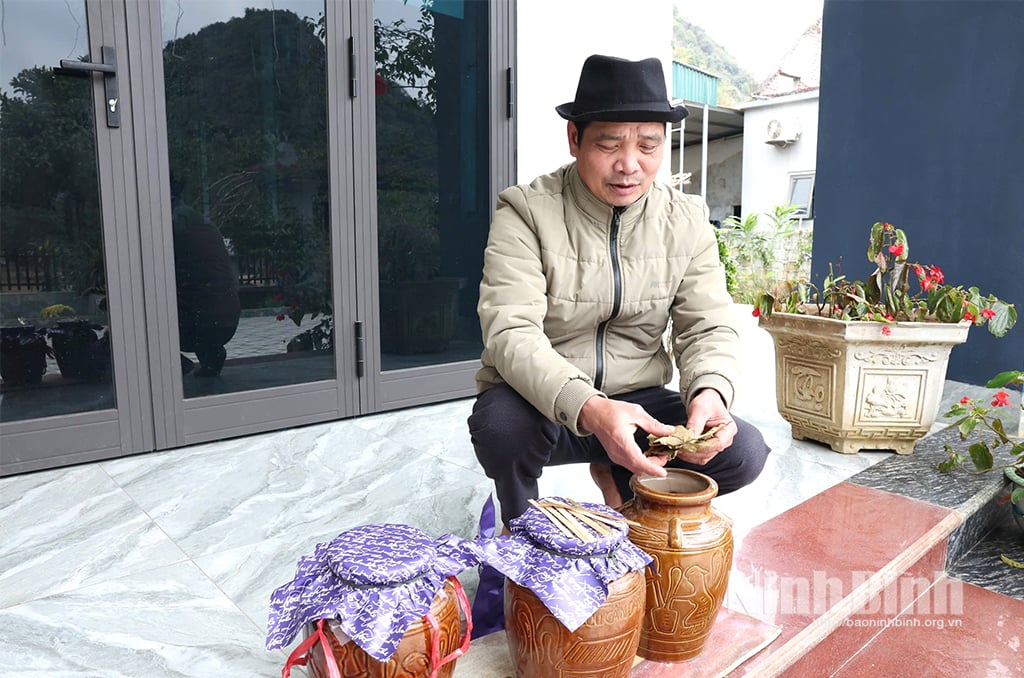
Currently, Nho Quan district has 110 typical intangible cultural heritages belonging to 7 types: Muong ethnic language and writing, folk literature, social customs and beliefs, traditional festivals, folk performing arts, traditional crafts, and folk knowledge.
Of these, 12 heritages are prioritized for protection, 4 heritages are prioritized for urgent protection, and Mo Muong heritage has been included in the National List of Intangible Cultural Heritage by the Ministry of Culture, Sports and Tourism . Nho Quan district has successfully restored 2 traditional festivals, namely Khai Ha Festival and Com Moi Festival.
The district has also coordinated to research, restore and preserve the intangible culture of the Muong ethnic group that is at risk of being lost such as: Mo Muong rituals, Muong weddings; built 2 models of traditional Muong ethnic culture; published a bilingual photo book introducing "Traditional cultural identity of the Muong people in Nho Quan district, Ninh Binh province" to widely promote the typical traditional cultural values of the Muong ethnic group...
In addition , the work of preserving, restoring and developing local traditional art forms has also achieved many results such as: "Restoring, preserving and developing the art of Cheo singing"; singing Chau Van at Phu Doi Ngang; bringing folk games and folk art forms into schools during extracurricular activities. The work of preserving folk songs, dances and festivals of the Muong ethnic group has been implemented in grassroots cultural life activities.
Currently, the Muong people have brought the sound of gongs back into community cultural activities; over 80% of the Muong people use traditional Muong costumes when participating in community activities.
In the district, there are 12 artists (honored by the community ) who still preserve some art forms such as: Rang Thuong Chay Moi, Muong Mo Hat, Bo Mang Hat, Ancient Muong Hat, Dum Hat, and Love Songs.
Traditional ceremonies such as the Khai Ha Festival, the New Rice Celebration, the Village Communal House Festival, etc. are still maintained and organized periodically. There are 7 Muong ethnic cultural, artistic and sports clubs established in 7 communes of ethnic minorities and mountainous areas that operate effectively.
Source: https://baoninhbinh.org.vn/dong-bao-muong-o-nho-quan-chung-tay-gin-giu-van-hoa-truyen-754209.htm




![[Photo] Prime Minister Pham Minh Chinh receives leaders of Excelerate Energy Group](https://vphoto.vietnam.vn/thumb/1200x675/vietnam/resource/IMAGE/2025/5/29/c1fbe073230443d0a5aae0bc264d07fe)

![[Photo] Prime Minister Pham Minh Chinh attends the event "Digital transformation of the banking industry by 2025"](https://vphoto.vietnam.vn/thumb/1200x675/vietnam/resource/IMAGE/2025/5/29/0e34cc7261d74e26b7f87cadff763eae)

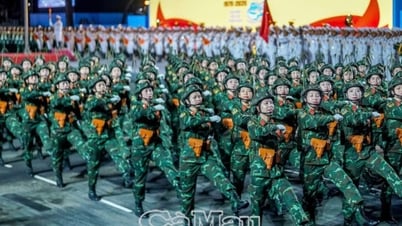

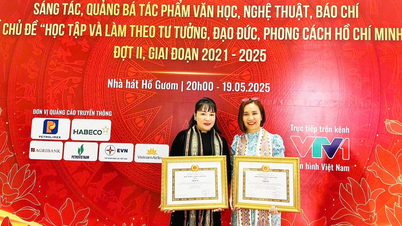

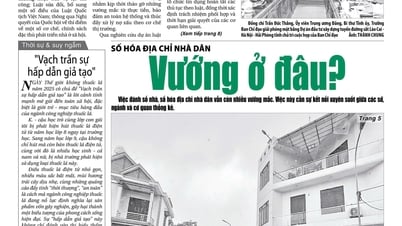

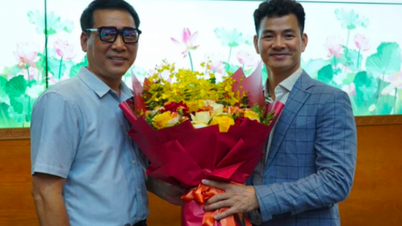

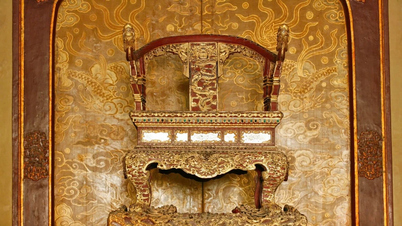

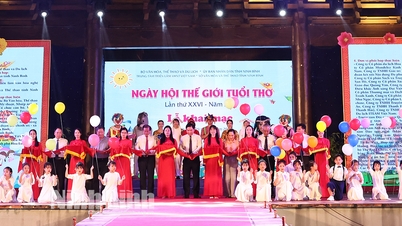





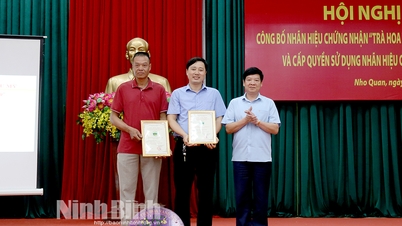
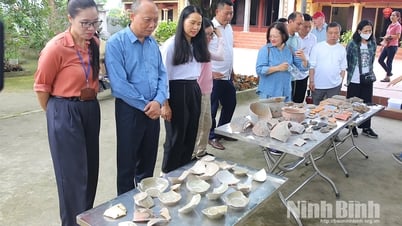
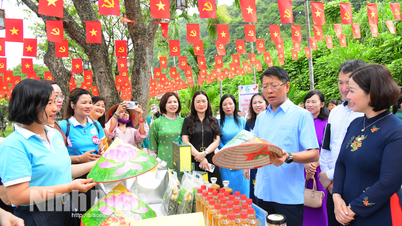

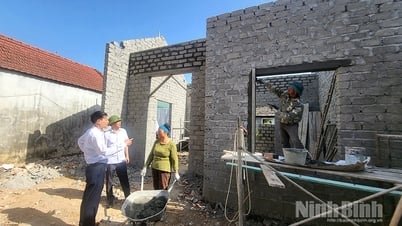
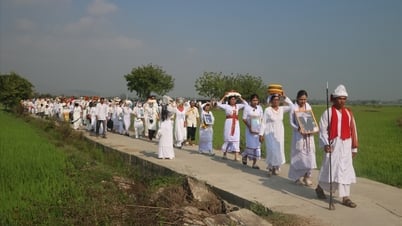











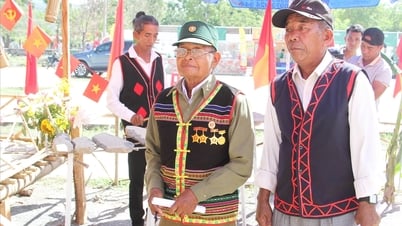



























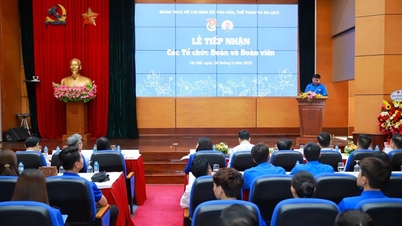
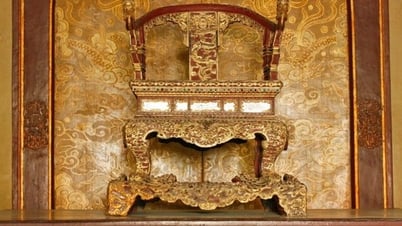




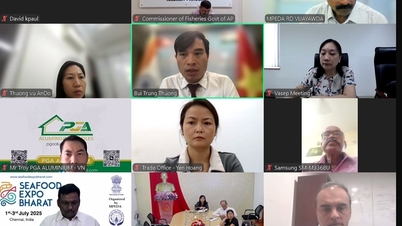

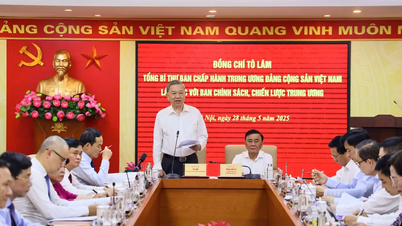
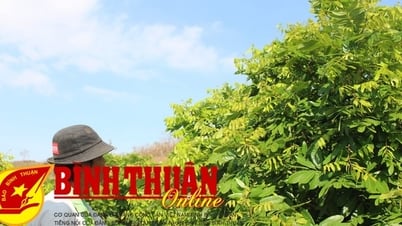

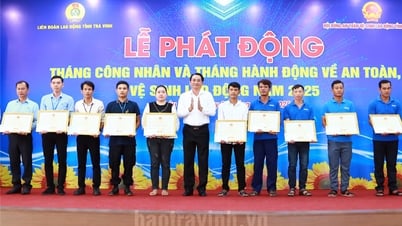



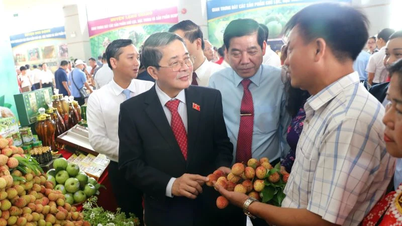









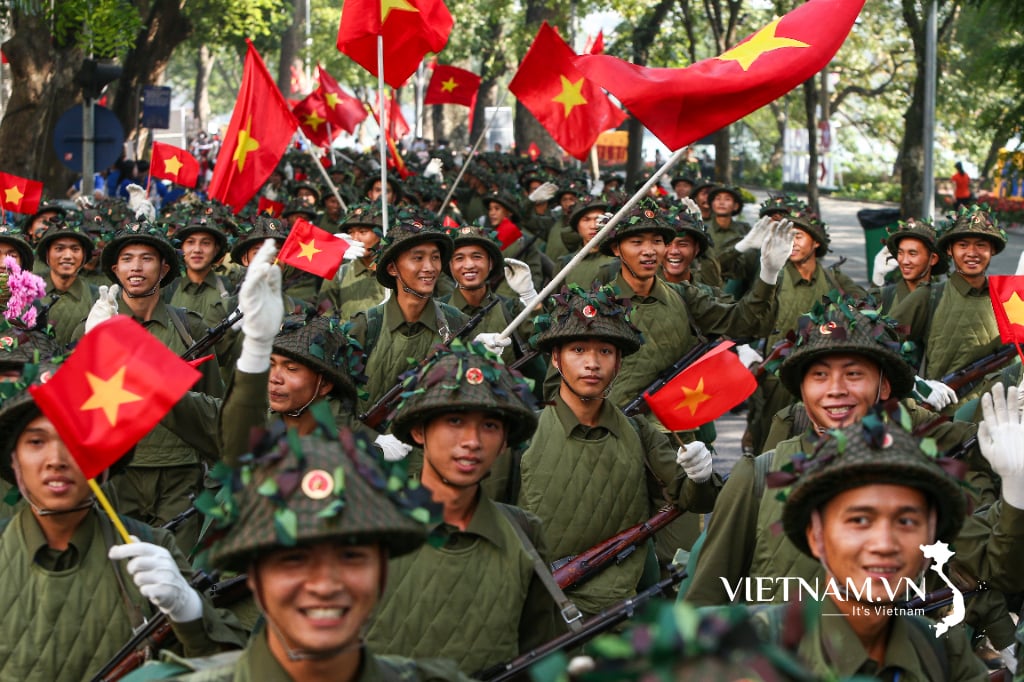
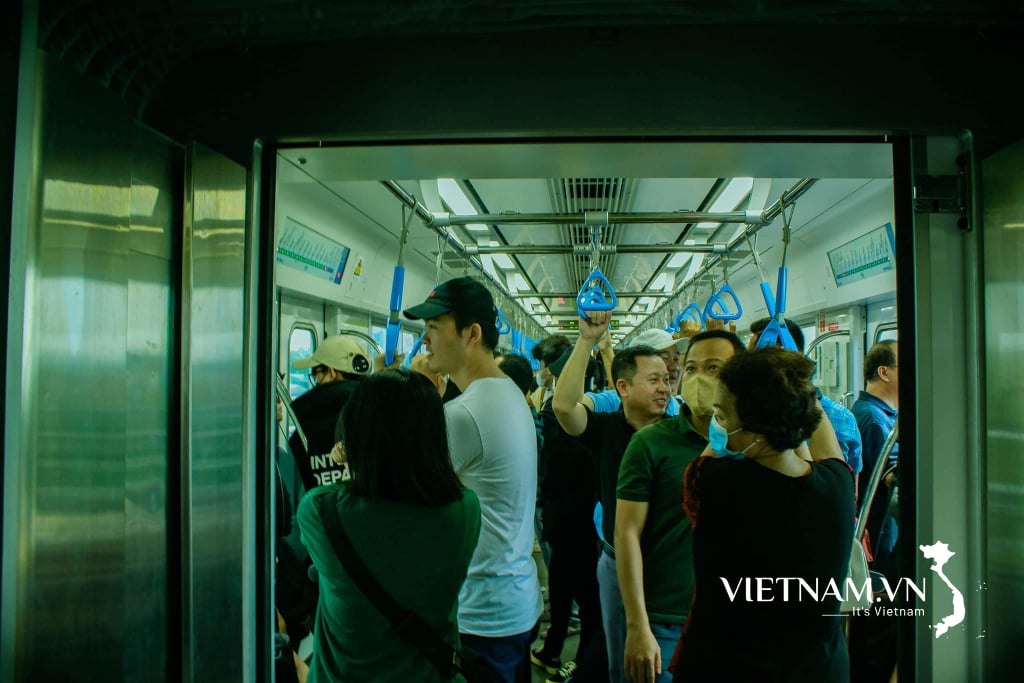
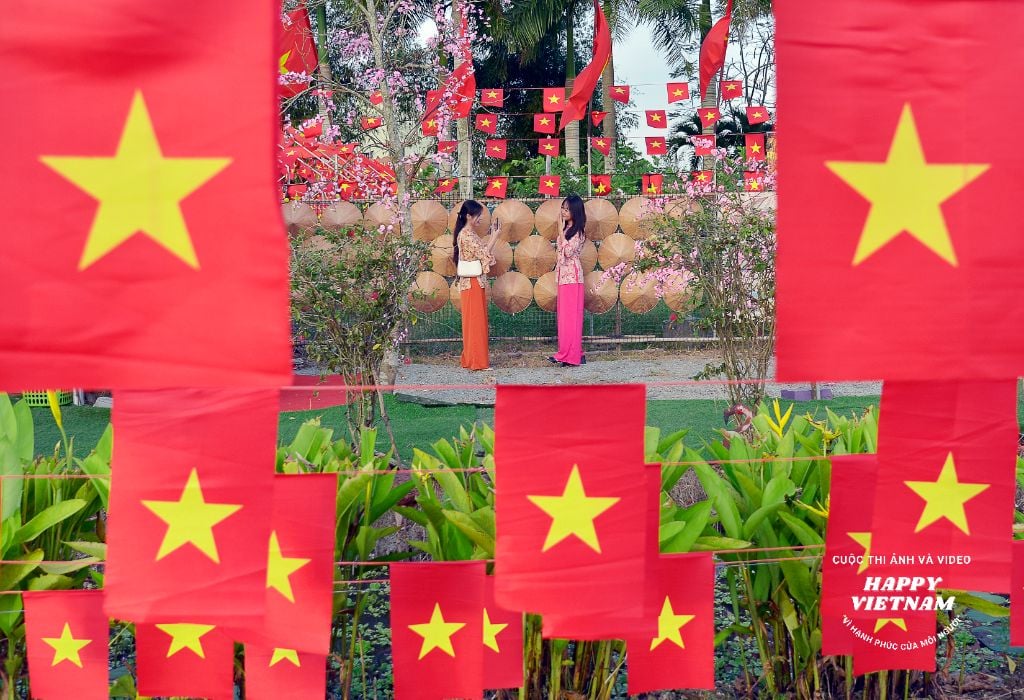
Comment (0)